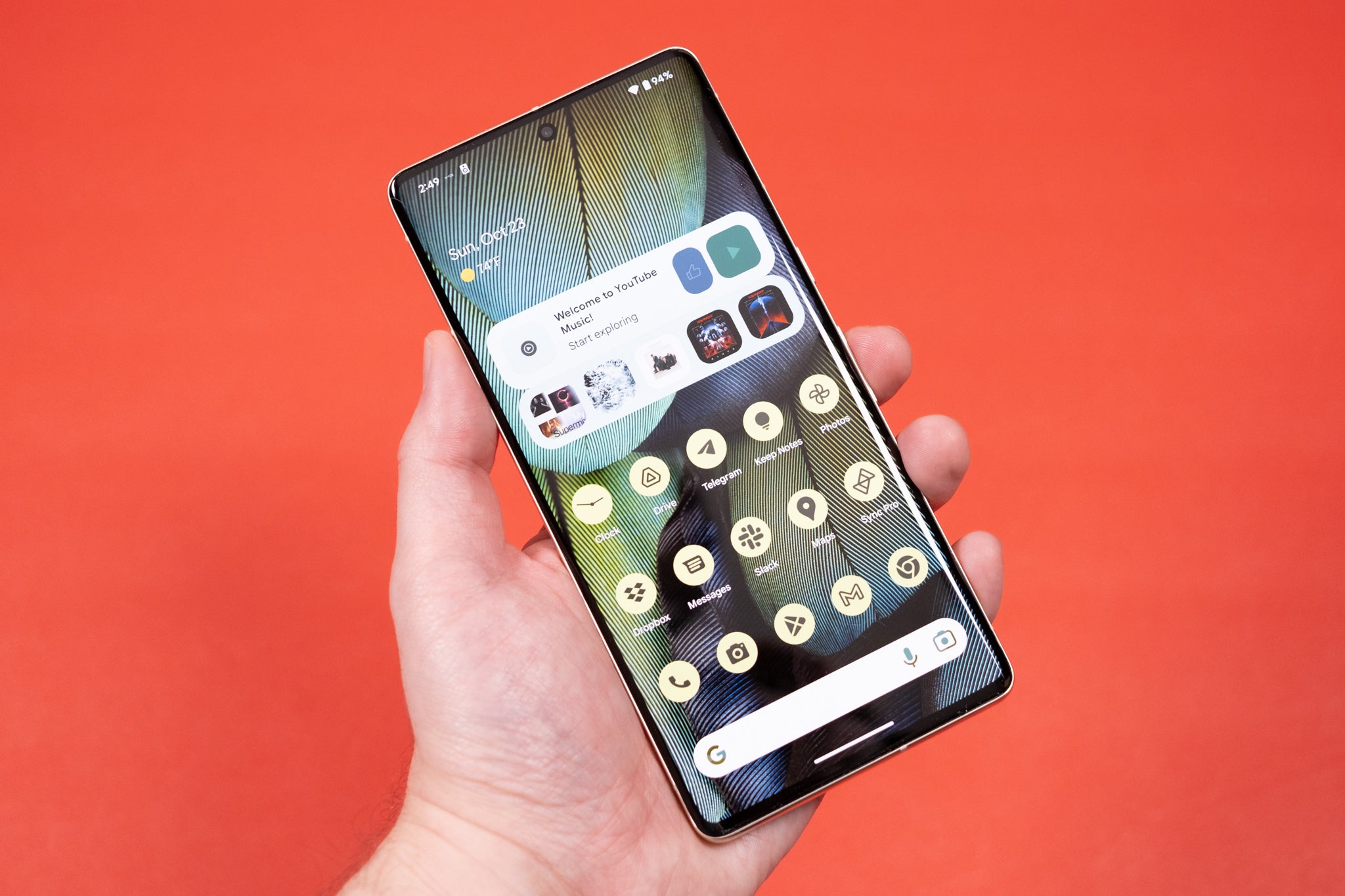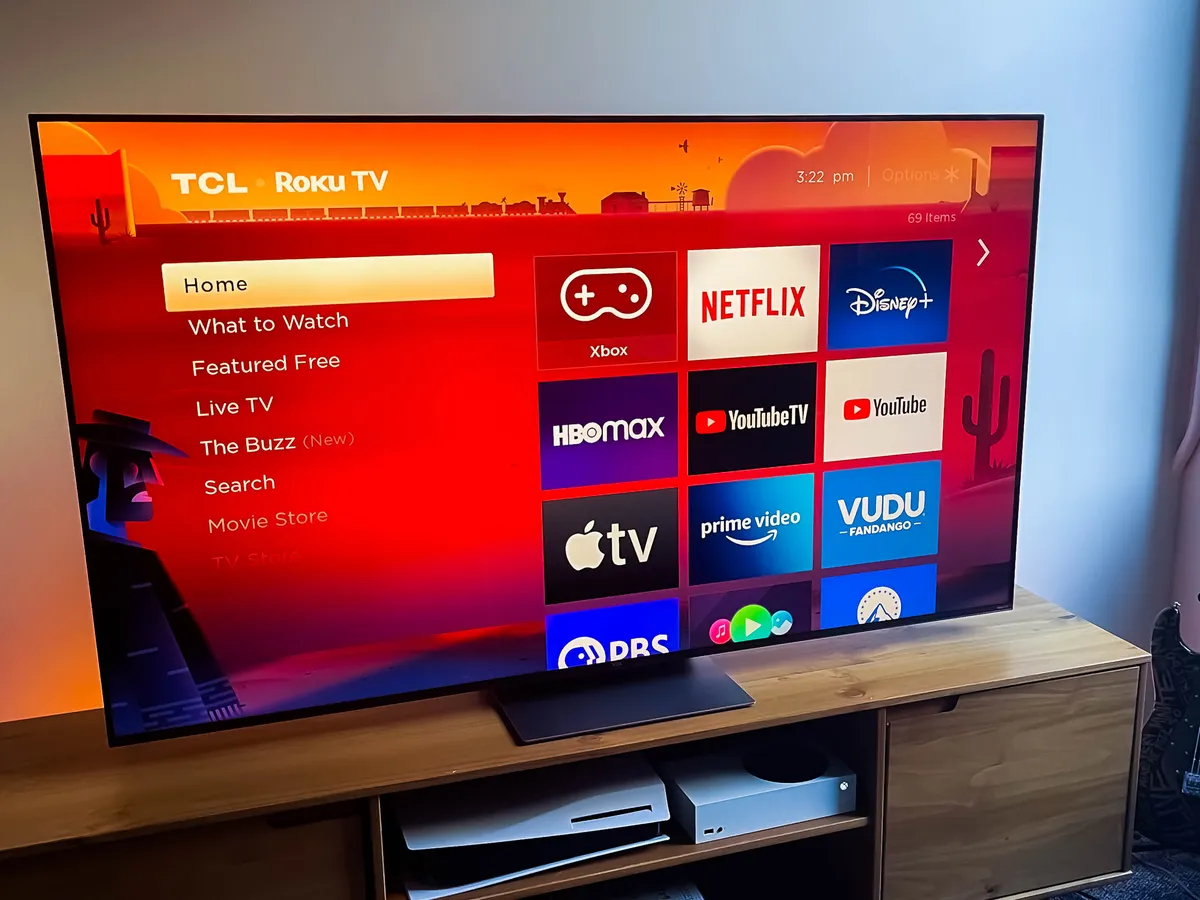In today's technologically advanced world, the Internet of Things (IoT) has opened up a realm of possibilities for businesses and consumers alike. Smart objects, once a mere concept of science fiction, have become an integral part of our daily lives. From smart homes to wearable devices, these interconnected objects have transformed traditional marketing approaches, giving rise to a new era of targeted and personalized experiences. In this article, we delve into the world of smart objects marketing and explore how businesses can leverage this trend to engage and captivate their audiences.
Understanding Smart Objects
Smart objects encompass a wide range of devices that can connect to the internet and collect and exchange data. These objects are embedded with sensors, software, and connectivity capabilities, enabling them to interact with users, other objects, and their environment. From smartphones and smartwatches to smart appliances and connected cars, these objects have the ability to gather valuable insights and deliver enhanced user experiences.
The Power Of Data-Driven Marketing
One of the significant advantages of smart objects lies in their ability to generate and analyze vast amounts of data. With sensors and connectivity, these objects can collect data on user behavior, preferences, and usage patterns. Marketers can leverage this data to gain deep insights into consumer habits, enabling them to create highly targeted and personalized marketing campaigns.
Personalization - The Key To Success
Smart objectsallow businesses to deliver personalized experiences like never before. By collecting and analyzing user data, companies can tailor their marketing messages, product recommendations, and offers to meet the specific needs and preferences of individual consumers. This level of personalization enhances customer engagement, fosters brand loyalty, and increases conversion rates.
Seamless Integration Across Channels
The interconnected nature of smart objects enables seamless integration across various marketing channels. For instance, a consumer browsing for a product on their smartphone can receive personalized recommendations on their smartwatch or smart speaker. This cross-channel integration ensures a consistent and cohesive brand experience, enhancing customer satisfaction and driving conversions.
Enhanced Customer Engagement
Smart objects have the potential to revolutionize customer engagement strategies. By leveraging technologies like augmented reality (AR) and virtual reality (VR), businesses can create immersive experiences that captivate and engage consumers. For example, a furniture retailer can allow customers to virtually place their products in their homes using AR, providing a realistic preview before making a purchase. Such interactive experiences leave a lasting impression, leading to increased brand loyalty and customer satisfaction.
The Role Of Voice-Activated Assistants
With the proliferation of smart speakers and voice-activated assistants like Amazon's Alexa and Google Assistant, voice search has become an essential component of marketing strategies. Marketers need to optimize their contentand adsfor voice search queries, ensuring their products and services are discoverable by voice-activated devices. By embracing this trend, businesses can stay ahead of the competition and tap into the growing market of voice-activated assistant users.
Security And Privacy Concerns
While smart objects present immense opportunities, they also bring forth security and privacy concerns. With the collection and transmission of sensitive user data, businesses must prioritize robust security measures to protect consumer information from cyber threats and breaches. Transparent privacy policies and strong data encryption protocols are crucial to building trust and maintaining the integrity of smart objects marketing.
Leveraging Smart Objects For Competitive Advantage
To harness the full potential of smart objects in marketing, businesses should consider the following strategies:
- Data Analytics and Insights: Invest in robust data analytics tools to effectively analyze and derive actionable insights from the data collected by smart objects.
- Personalization and Targeting: Utilize the wealth of data to deliver highly personalized marketing messages, product recommendations, and offers to individual consumers.
- Cross-Channel Integration: Seamlessly integrate marketing efforts across different channels, ensuring consistent messaging and user experiences.
- Embrace Emerging Technologies: Explore new technologieslike AR, VR, and voice-activated assistants to create immersive and engaging experiences for consumers.
- Security and Privacy Measures: Implement robust security measures and transparent privacy policies to protect user data and build trust with consumers.
The Future Of Smart Objects Marketing
As technology continues to advance, the possibilities for smart objects marketing are boundless. From personalized advertisements to predictive analytics, businesses can leverage smart objects to refine their marketing strategies and deliver exceptional customer experiences. However, it is crucial for marketers to adapt to evolving consumer expectations and address security and privacy concerns. By embracing the potential of smart objects, businesses can forge stronger connections with their target audience and gain a competitive edge in the ever-evolving digital landscape.
In conclusion, smart objects have revolutionized the marketing landscape by providing businesses with unprecedented opportunities for personalization, seamless integration, and enhanced customer engagement. As the IoT continues to evolve, marketers must embrace this transformative trend and leverage smart objects to create meaningful connections with consumers. By doing so, businesses can unlock new avenues for growth, innovation, and success in the digital era.
Overcoming Challenges And Embracing Innovation
While the integration of smart objects in marketingbrings numerous benefits, it is essential to address the challenges that arise along the way. Here are some strategies for overcoming these obstacles and embracing innovation:
Education And Awareness
As smart objects continue to infiltrate various industries, educating both businesses and consumers about their capabilities and benefits becomes crucial. Conduct workshops, webinars, and training sessions to familiarize marketers with the potential of smart objects and how toleverage them effectively. Simultaneously, ensure that consumers understand the value proposition and privacy measures associated with smart objects to alleviate any concerns they may have.
Collaboration And Partnerships
To fully exploit the potential of smart objects, businesses should consider collaborating with technology providers, data analytics firms, and IoT experts. By leveraging their expertise, companies can optimize their marketing strategies, implement robust security measures, and gain valuable insights into consumer behavior. Partnerships also facilitate the exchange of knowledge and foster innovation in the smart objects marketing space.
Agile And Data-Driven Approach
Incorporate an agile and data-driven approach to marketing campaigns. Continuously monitor and analyze the data generated by smart objects to refine marketing strategies and identify emerging trends. By staying responsive to data insights, businesses can adapt their messaging, targeting, and engagement strategies in real-time, ensuring maximum impact and relevance.
Experimentation And Innovation
The world of smart objects is still evolving, presenting businesses with opportunities to experiment and innovate. Encourage a culture of experimentation within your organization, allowing teams to explore new technologies, creative marketing approaches, and unique ways to engage consumers. Embracing innovation will help businesses stay ahead of the curve and remain competitive in a rapidly changing landscape.
Ethical Considerations
As smart objects continue to gather vast amounts of user data, ethical considerations become paramount. Businesses must prioritize transparency and consent when collecting and utilizing consumer information. Implement strict data protection measures, adhere to privacy regulations, and ensure that the benefits offered to consumers outweigh any perceived risks. By maintaining a high standard of ethics, businesses can build trust and foster long-term relationships with their customers.
People Also Ask
What Are Smart Objects Examples?
Examples of smart objects include smartphones, smart home devices (thermostats, lighting systems), wearable devices (smartwatches, fitness trackers), smart TVs, connected cars, and smart speakers.
What Are Smart Objects In IoT?
Smart objects in IoT are physical devices embedded with sensors, software, and connectivity that enable them to collect and exchange data within a network of interconnected devices.
What Are Smart Objects And How Are They Used?
Smart objects are physical devices with sensors and connectivity that interact with users, collect data, and exchange information. They are used to deliver personalized experiences, automate processes, enable data analytics, improve healthcare and wellness, and optimize operations in various industries.
Conclusion
Smart objects have unleashed a new era of marketing, where personalization, integration, and customer engagement take center stage. With the ability to gather and analyze vast amounts of data, these interconnected devices offer businesses unparalleled opportunities to deliver tailored experiences to their target audience. By embracing smart objects and overcoming the associated challenges, companies can position themselves at the forefront of innovation, driving growth and establishing a competitive advantage.
As the IoT landscape continues to expand, marketers must stay attuned to the evolving preferences and expectations of consumers. By leveraging the power of smart objects, businesses can forge deeper connections, anticipate customer needs, and create meaningful brand experiences. The future of marketing lies in the seamless integration of smart objects into our daily lives, and it is up to businesses to embrace this revolution and unlock its immense potential.


